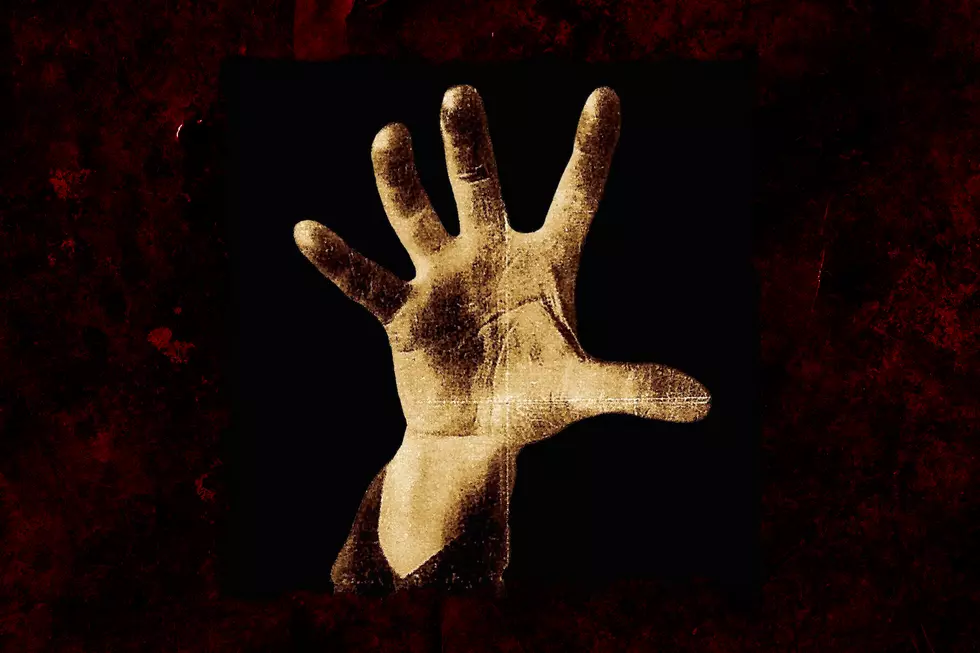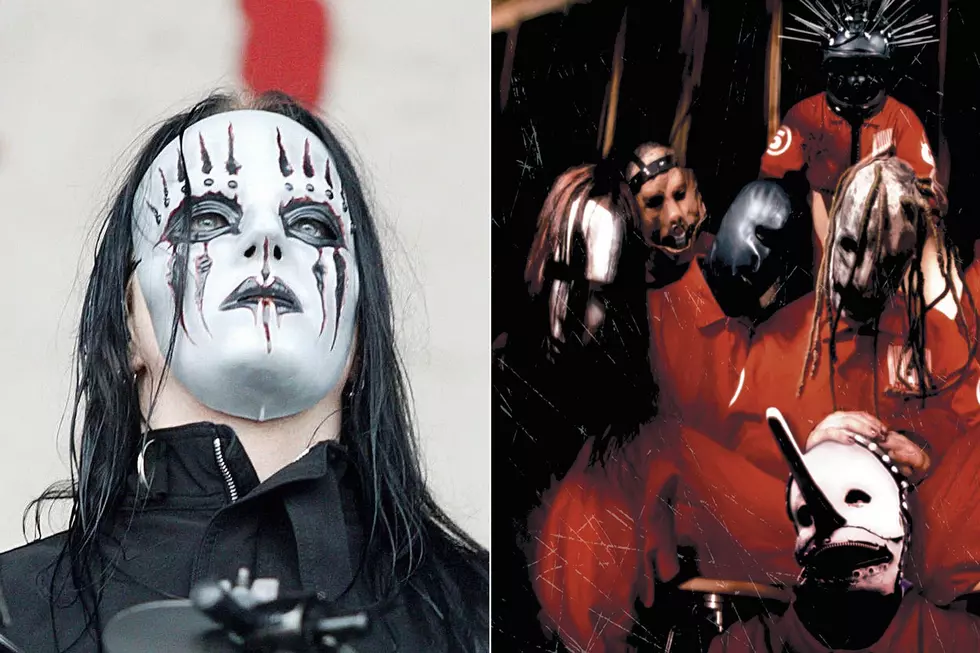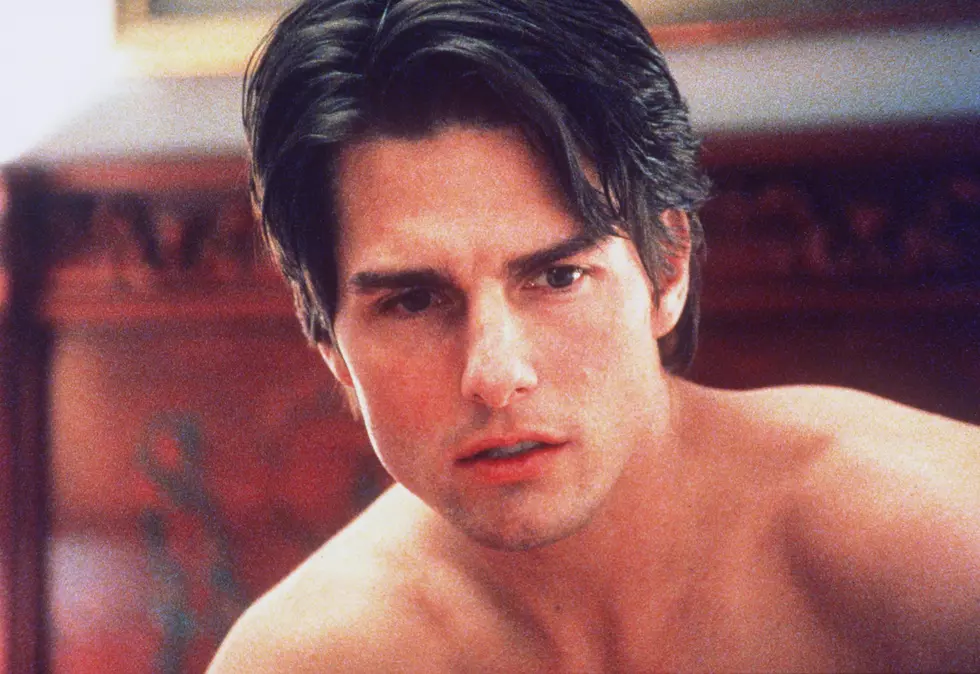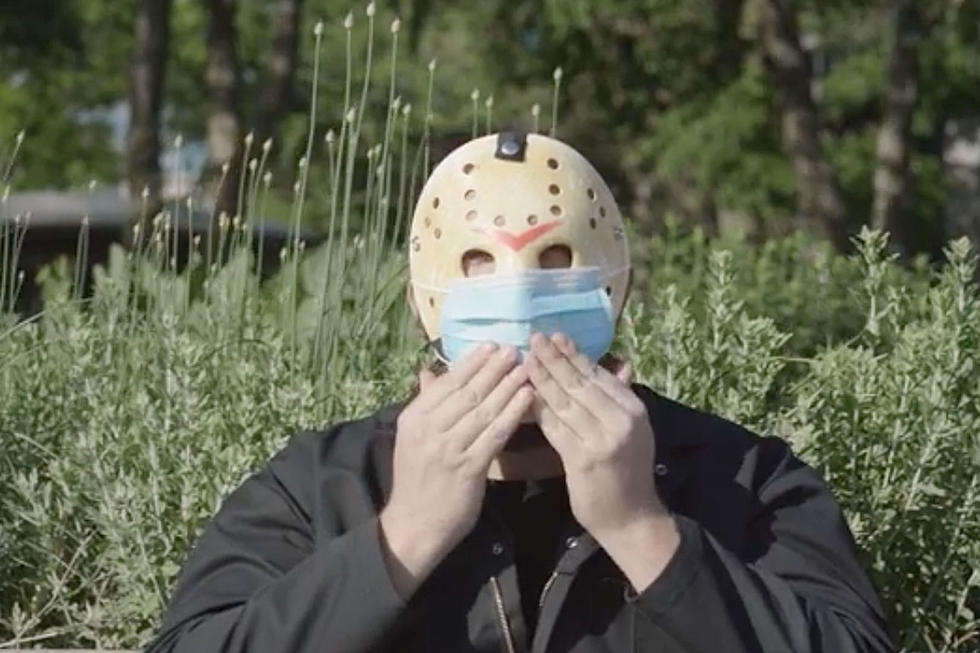
25 Years Ago: System of a Down Release Self-Titled Debut Album
In 1997, when System of a Down signed to Rick Rubin’s American Recordings, no one knew exactly what to make of them. Like Faith No More and Rage Against the Machine there were elements of metal, punk and funk on System of a Down’s self-titled debut, which came out June 30, 1998. But System of a Down were vocally zanier and their guitars were more frenzied and metallic. Plus, they lacked any real vestiges of hip-hop.
Since they didn’t really fit in the nu-metal category, and couldn’t accurately be called funk rock, pundits scrambled for a category to slot them into and, without too much research, noticed that the members were all Armenian and had spoken before about their contempt for governments -- especially Turkey -- that still failed to recognize the Armenian Genocide in the early 1900s. Suddenly, magazine editors were including the band in features about ethnic-centric metal and wrote pieces specifically about the rise of the supposed Armenian metal community, areas System of a Down had little interest in being associated with.
“We’re proud of our heritage and it’s definitely an influence that we don’t want to deny as far as our music and our standing and some of our thinking,” vocalist Serj Tankian told me shortly after the album was released. “It’s just not specifically something that we’re trying to involve in our music, and say, ‘Look we’re Armenian!' We don’t want to point to it all the time because I don’t think we need an excuse. I don’t think it’s cool to come out and say, 'Okay, we’re an Armenian band so we’re going to try to capitalize on that.' We just happen to be Armenian guys who know each other from the community and like to play music.”
System of a Down, “Sugar”
After the breakup of their earlier band, Soil, Tankian, guitarist Daron Malakian and bassist Shavo Odadjian formed System of a Down in 1994. At first they had trouble finding a drummer, but eventually anchored their rhythm section with John Dolmayan and developed a strong following in the Los Angeles community, which praised their quirky, bombastic sound. In 1997, System recorded a three-song demo that caught the attention of Maverick’s Guy Oseary and Rubin, among others. “There were a number of labels looking at us when Rick and Guy both came and saw one of our shows at the Viper Room,” Tankian said.
“We were actually going to sign with Universal at one point,” added Malakian. “But then we went into their offices and looked at the posters on the walls and what they were promoting and we realized they didn’t have any rock acts. And they didn’t have anything, anybody in there that even knew what to do with rock. It was pretty much a hip-hop/R&B culture that they were building there. As soon as we walked out of that meeting we said, ‘You know, man, we should just go with Rick. He believes in us and he’s not following any trends. He’s just going with his instinct.’”
In no time, System of a Down had signed their deal and booked time to record at Rubin’s legendary mansion. Loaded with enthusiasm and confidence, the young rockers burned through a set of skewed, metallic songs that, at first listen, sounded like a hybrid of Dead Kennedys and Slayer.
“I was totally influenced by Slayer because I grew up a total metalhead,” Malakian said. “When I was four years old, I saw KISS and I was scared as hell, but I was way interested in them. The first record I got was Def Leppard’s Pyromania and from then on I was really into metal, and by the time I was, like, 11, 12 years old, it was Slayer, Metallica and a lot of Bay Area thrash. I liked Overkill and the German stuff like Destruction and Kreator. Then came death metal like Obituary and Morbid Angel -- all the Tampa bands. As I got older I was seeking the heavier stuff and when I turned 14, 15, it was just, like, as heavy, you know, and as uncomfortable as I could make it. But then I realized that there’s more to music than heaviness and when I was like 18, 19 years old, I really started listening to Bowie and the Beatles. I actually hadn’t listened to them in my younger years and I was fascinated by how these songwriters could make great, simple songs that were full of melody, but still a little weird. That really changed me and changed the way I looked at music.”
“We have a powerful metal edge,” added Tankian. “But our music has a lot of dynamics that come from different genres. We’re into punk, death metal, metal, classic rock, jazz, gothic, hardcore, grindcore, Middle Eastern music, Armenian music, European music, poetry, funk. When we were kids, we started out listening to one type of music, but as we progressed we were all turned onto different genres. You can only listen to so much metal before you start hungering for more. We intentionally try not to stay in one genre. It’s definitely helped mold out sound into something more dynamic.”
System of a Down, “Suite Pee”
Dynamic is one way to describe the album System of a Down. “Suite Pee” is a galvanic blast as powerful as C4 at a demolition site; “Know,” a song about the Armenian Genocide, is more caustic and angry sounding; and “Spiders” is a frantic web of punk rock insanity. Then there’s “Sugar,” a spazzy, jazz-spattered noise rock freak-out and “Suggestions,” an atmospheric prelude, perhaps to the more melodic strains of their future single “Aerials.”
“We had a lot of fun making the record with Rick and Dave [Sardy],” Tankian said. “It was surprisingly easy. I did the vocals in a tent at Rick’s mansion because the room there was not built as a studio. It’s a study kind of room with windows and cement. So we set up a tent in the middle of the room and put in antique furniture to get the right vibe.”
System of a Down, “Spiders”
The album cover art of an open hand was based on World War II anti-fascist poster by John Heartfield, a member of the Communist Party of Germany. The political commentary fueled critics pegged System of a Down as a political band with the potential to impact the youth as indelibly as Rage Against the Machine had. But calling SOAD a political band is kinda like calling ‘em a metal group.
“It’s part of what we are. But System of a Down is based on something more global,” Tankian said. “Injustice would be one of the main things we look at, but we also talk about sex, mind control, legalizing dope, war, genocide, alternative beliefs on the origins of man and things that are happening in front of our eyes involving the CIA and other groups that we don’t want to see. There are no rules. If we want to write a song about it, we’ll do it.”
System of a Down was certified gold by the RIAA on February 2, 2000. Two years later, after the band’s mega-selling album Toxicity came out, it was certified platinum.
Loudwire contributor Jon Wiederhorn is the author of Raising Hell: Backstage Tales From the Lives of Metal Legends, co-author of Louder Than Hell: The Definitive Oral History of Metal, as well as the co-author of Scott Ian’s autobiography, I’m the Man: The Story of That Guy From Anthrax, and Al Jourgensen’s autobiography, Ministry: The Lost Gospels According to Al Jourgensen and the Agnostic Front book My Riot! Grit, Guts and Glory.
System of a Down Albums Ranked
11 Unforgettable System of a Down Moments
More From 97.1 KXRX










